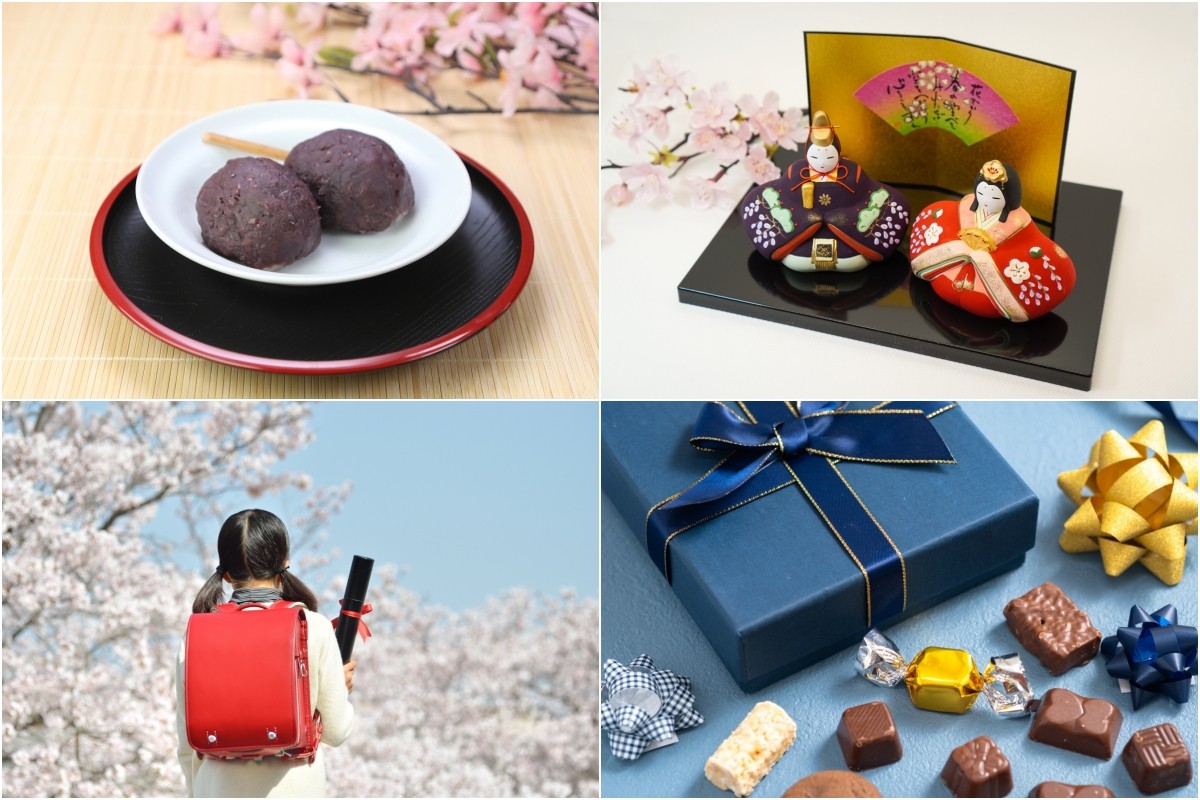
March marks the arrival of spring in Japan, a season rich with annual and traditional events. From ancient customs like Hinamatsuri and the spring equinox to everyday milestones like graduation ceremonies and spring break, March brings color and vibrancy to daily life. This article introduces some of the key events and seasonal foods associated with this month.
*By purchasing or reserving products introduced in this article, a portion of the sales may be returned to FUN! JAPAN.
What Happens in March? Seasonal Traditions, Events, and Holidays
Hinamatsuri (March 3rd)
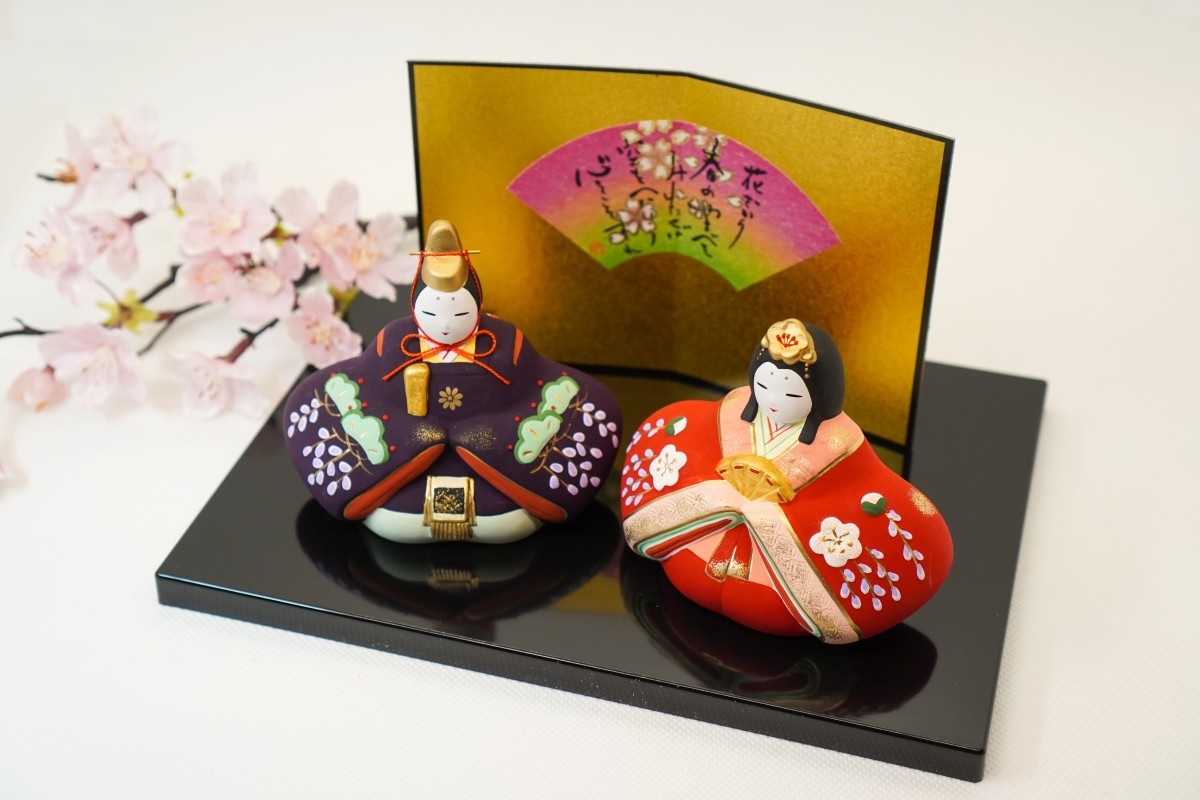
March 3rd is Hinamatsuri, also known as the "Peach Festival," a traditional Japanese event that celebrates the healthy growth of young girls. Its origins trace back to the Heian period when people practiced "Nagashi-bina," a custom where dolls were floated down rivers to ward off evil spirits. During the Muromachi period, the tradition evolved into displaying Hina dolls, and by the Edo period, elaborate "Tsurushi-bina" (hanging ornaments) became common in households. Hina dolls are arranged on tiered platforms, with the Emperor and Empress at the top, symbolizing prosperity and happiness for families. People decorate with peach blossoms and enjoy festive foods like chirashi sushi, hina-arare (colorful rice crackers), and shirozake (sweet white sake).
🌸 Browse Hinamatsuri-related goods (Yahoo! Shopping)
International Women’s Day (March 8th)

March 8th is "International Women’s Day," a global event advocating for women's rights and gender equality. Officially recognized by the United Nations in 1977, this day is marked by various activities worldwide. In Japan, seminars and symposiums are held to discuss women's empowerment and ways to create a more inclusive work environment.
However, compared to other countries, International Women’s Day is still not widely recognized in Japan, and traditions like giving flowers to women at home or in the workplace are not very common.
White Day (March 14th)

Celebrated on March 14th, White Day is a unique Japanese event. It was created as a day for men to return gifts to women who gave them chocolates on Valentine’s Day. Originally, sweets like marshmallows, cookies, and candies were the standard gifts, a trend promoted by Japan’s confectionery industry in the 1970s. Today, White Day is not limited to romantic relationships—friends, colleagues, and family members also exchange gifts to show appreciation. In recent years, presents have expanded beyond sweets to include accessories, flowers, and other thoughtful items, making the gifting culture more diverse.
🌸 Shop for "White Day" goods (Yahoo! Shopping)
Omizutori (March 1st–14th)
Omizutori is a Buddhist ritual held at Nigatsu-do Hall in Todaiji Temple, Nara, from March 1st to 14th. With a history spanning over 1,300 years, this ceremony is dedicated to Kannon, the bodhisattva of compassion. One of the most famous aspects of Omizutori is the breathtaking nighttime torch ritual, where giant torches are swung in the air. It is believed that those who bathe in the falling sparks will be blessed with good health and protection from misfortune.
On the final day of the ceremony, the sacred "Omizutori" ritual takes place, where water drawn from the Well of Wakasa is offered as a holy blessing. This water is considered precious and is used throughout the year. Tourists and worshippers gather to witness this historic event, experiencing the deep spiritual atmosphere of the ceremony.
Graduation Ceremonies
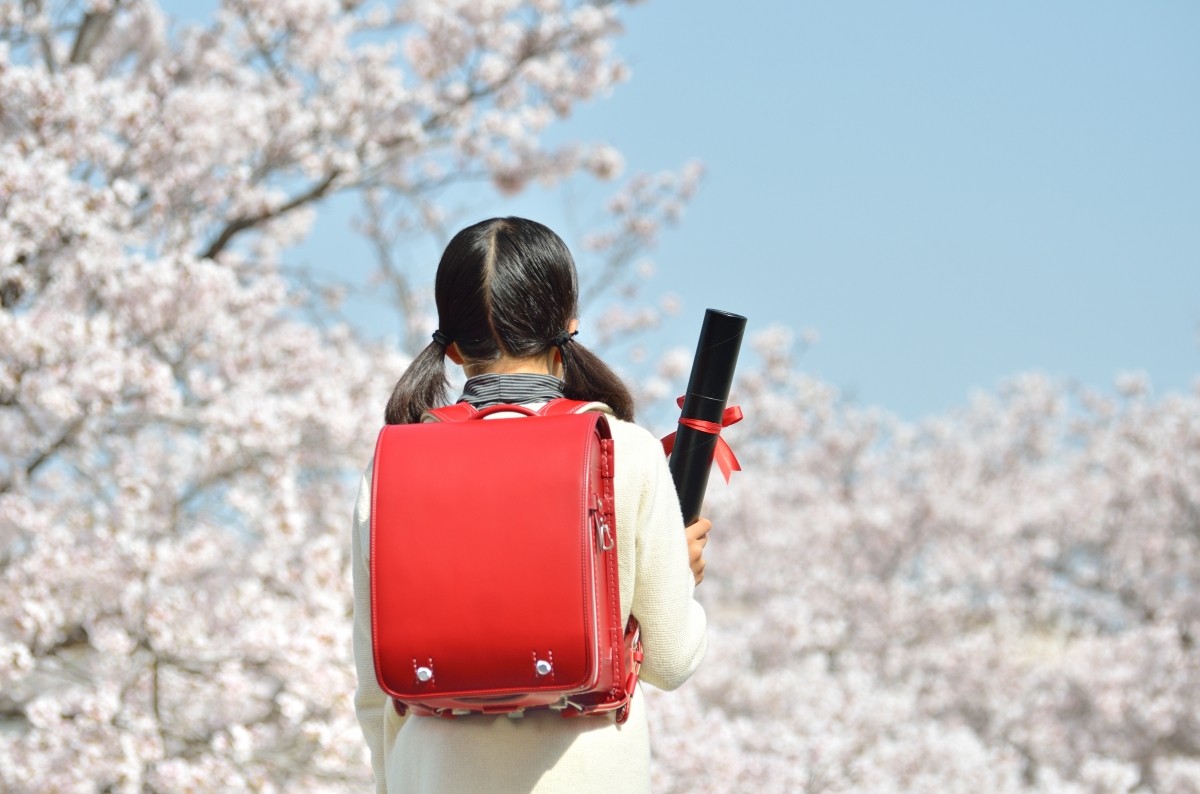
March is graduation season in Japan, with many schools holding ceremonies during this time. These ceremonies typically include speeches from the principal, diploma presentations, farewell messages from underclassmen, and responses from graduating students. A well-known tradition, especially among middle and high school students, is the practice of giving away the "second button" from a boy's uniform to someone special. This gesture often becomes a cherished memory. After the ceremony, it's common for students to take commemorative photos with classmates or attend farewell parties.
🌸 Shop for Graduation Ceremony Attire (Yahoo! Shopping)
Shunbun no Hi (Spring Equinox Day) (March 20th or 21st)

Spring Equinox Day falls on either March 20th or 21st, marking the day when daylight and nighttime hours are nearly equal. In Japan, it is a national holiday designated to "honor nature and cherish all living things." It is also the central day of the spring Ohigan period, during which many people visit family graves to pay respects to their ancestors. This holiday reflects Japan’s deep appreciation for nature and family bonds while serving as a moment to acknowledge the changing seasons.
💮 Read more about "Spring Equinox Day"
Spring Ohigan (Seven Days Centered Around the Spring Equinox)
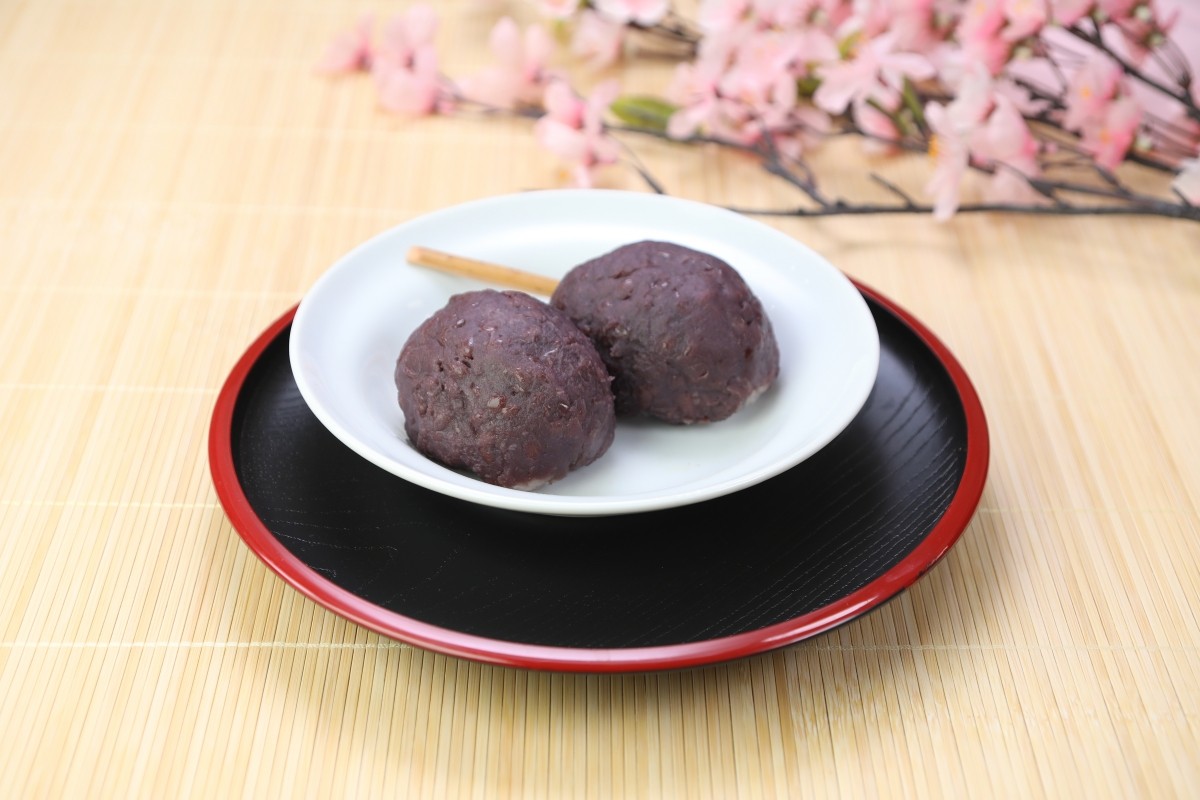
Spring Ohigan is a Buddhist period of ancestor remembrance, lasting for seven days around t the spring equinox. During this time, families visit graves to express gratitude to their ancestors, and many households prepare "ohagi," a traditional Japanese sweet made of glutinous rice and red bean paste. Eating ohagi is both an act of remembrance and a seasonal tradition enjoyed with family.
Because Spring Ohigan coincides with the season of renewal, it also symbolizes appreciation for nature. It is a meaningful occasion that strengthens family ties while reflecting Japan’s cultural values.
🌸 Shop for Ohagi (Yahoo! Shopping)
Hanami (Cherry Blossom Viewing)
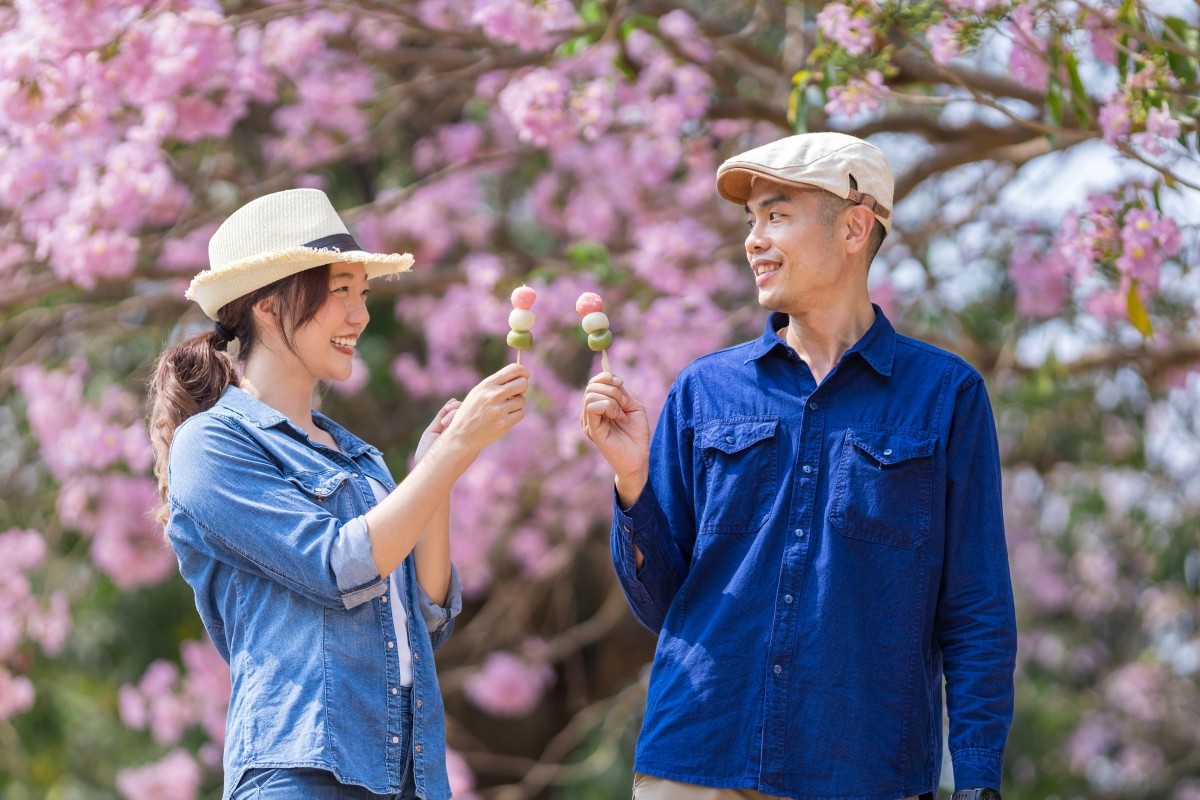
Starting in late March, hanami (cherry blossom viewing) takes place across Japan. Hanami is a uniquely Japanese tradition where people celebrate spring by admiring the beauty of cherry blossoms. Many gather in parks or along riverbanks, bringing bento lunches and drinks to enjoy with family and friends. Famous locations such as Tokyo and Kyoto attract numerous visitors, while nighttime illuminations of cherry blossoms—known as "yozakura"—create a mesmerizing atmosphere, making these events especially popular.
🌸 Shop for Hanami Essentials (Yahoo! Shopping)
🌸Tokyo Open-Top Sightseeing Bus Lunch & Hanami Tour(byfood) Enjoy a scenic ride through some of Tokyo’s most famous cherry blossom spots as you indulge in premium dining with free flow of drinks in this restaurant bus tour.
Spring Break

Beginning in late March, spring break is a valuable time for students to prepare for the new school year or take family trips. Since it coincides with graduation and academic transitions, it provides an opportunity to refresh and set new goals. Tourist destinations also hold special events and campaigns during this period, making it a busy season for families and travelers alike.
🚅Book your Shinkansen ticket with NAVITIME Travel! 👉 Click here
Senbatsu Kōshien (National High School Baseball Invitational Tournament)

The spring edition of Japan’s high school baseball championship, known as the "Senbatsu Kōtōgakkō Yakyū Taikai" (National High School Baseball Invitational Tournament), kicks off in late March. First held in 1924, this tournament takes place at Koshien Stadium in Nishinomiya, Hyogo Prefecture, and is considered the ultimate stage for aspiring high school baseball players. Teams representing different prefectures compete with the hopes of bringing pride to their regions. The tournament is beloved for its raw passion and the players’ unwavering dedication. Another highlight is the enthusiastic support from cheering squads and brass bands in the "Alps Stands," which add to the event’s electrifying atmosphere. As spring arrives, Japan is swept up in the excitement of this nationwide sporting spectacle.
⚾ Shop for Koshien High School Baseball Good (Yahoo! Shopping)
What’s in Season in March?
Spring Cabbage
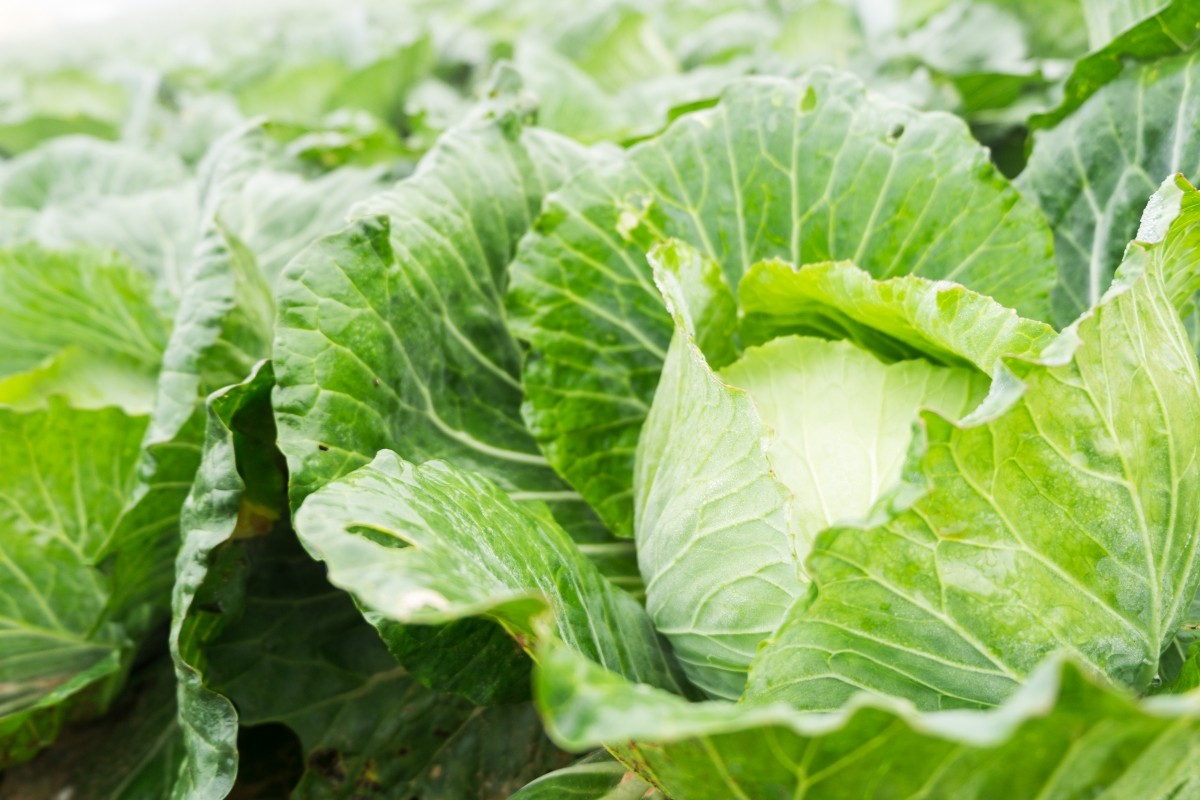
Spring cabbage is known for its tender leaves and natural sweetness. It starts appearing in markets as spring arrives and is perfect for salads, light stir-fries, and soups. Packed with vitamin C and fiber, it supports immunity and digestive health. Whether used in stuffed cabbage rolls or okonomiyaki, its seasonal flavor and aroma shine in home-cooked dishes.
New Harvest Onions
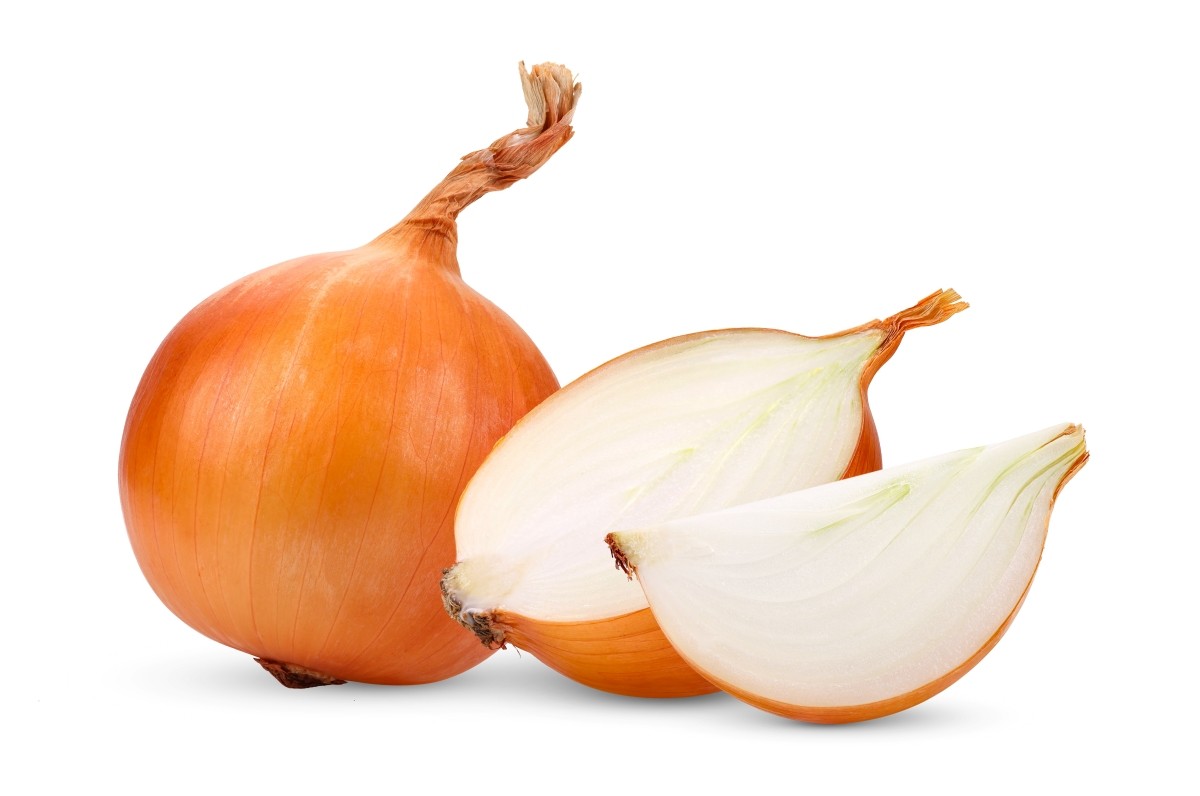
New harvest onions, which come into season in March, are exceptionally juicy with a mild, natural sweetness. Unlike regular onions, they have less sharpness and can be enjoyed raw—thinly sliced in salads, for example. Cooking them enhances their sweetness even more, making them ideal for soups and stir-fries. They contain allicin, a compound known for promoting good circulation and reducing fatigue.
🌸 Shop for New Harvest Onions (Yahoo! Shopping)
Bamboo Shoots
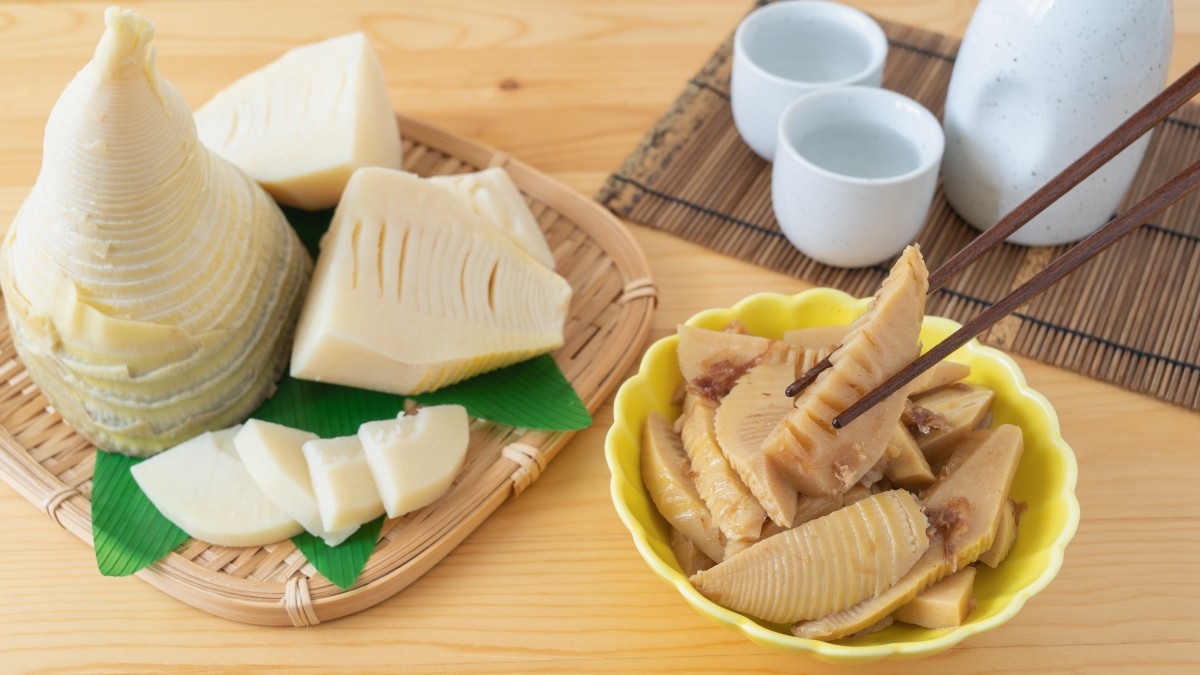
Bamboo shoots are a hallmark of spring, prized for their fresh aroma and crunchy texture. They are commonly used in simmered dishes and mixed rice but are also delicious in stir-fries and tempura. Rich in potassium and dietary fiber, they help regulate sodium levels in the body.
Tara no Me (Japanese Angelica Shoots)
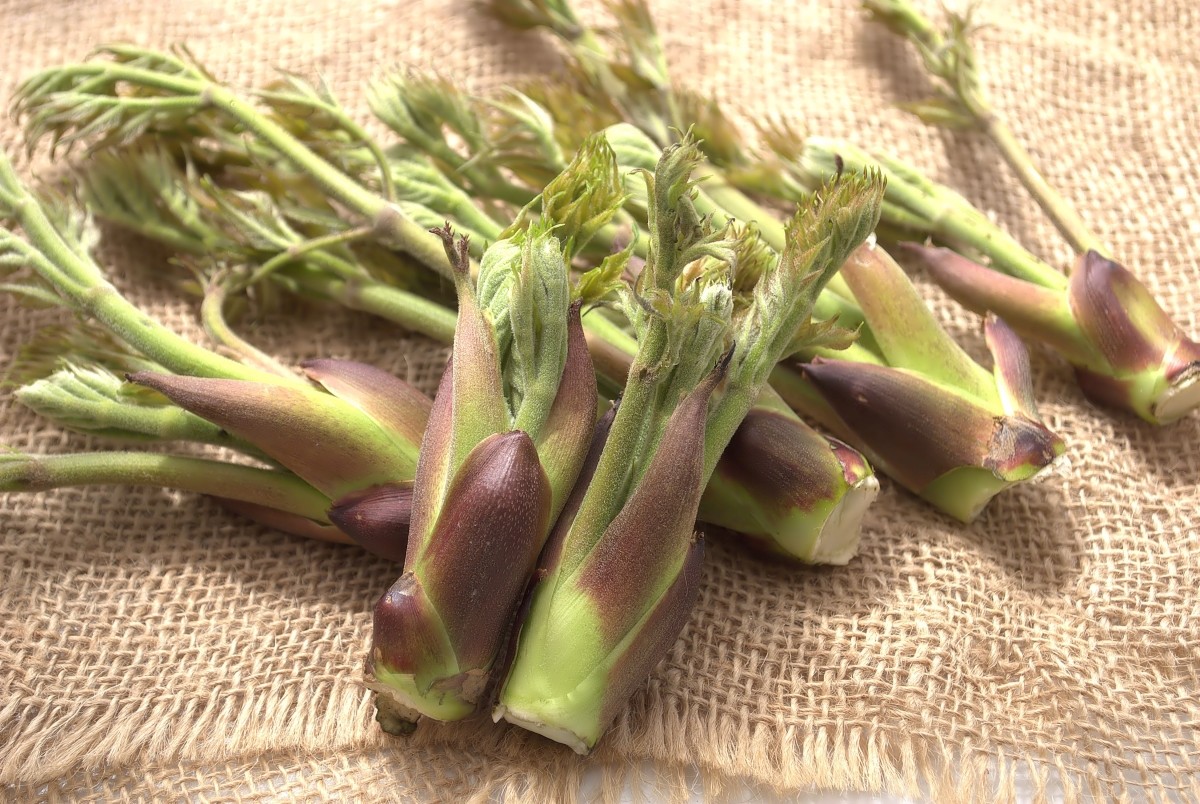
Tara no me, a seasonal wild vegetable, has a slightly bitter taste that signals the arrival of spring. It is especially popular when deep-fried as tempura, which highlights its nutty, fragrant flavor. It can also be enjoyed in salads or boiled dishes, making it a sought-after delicacy of the season.
Strawberries
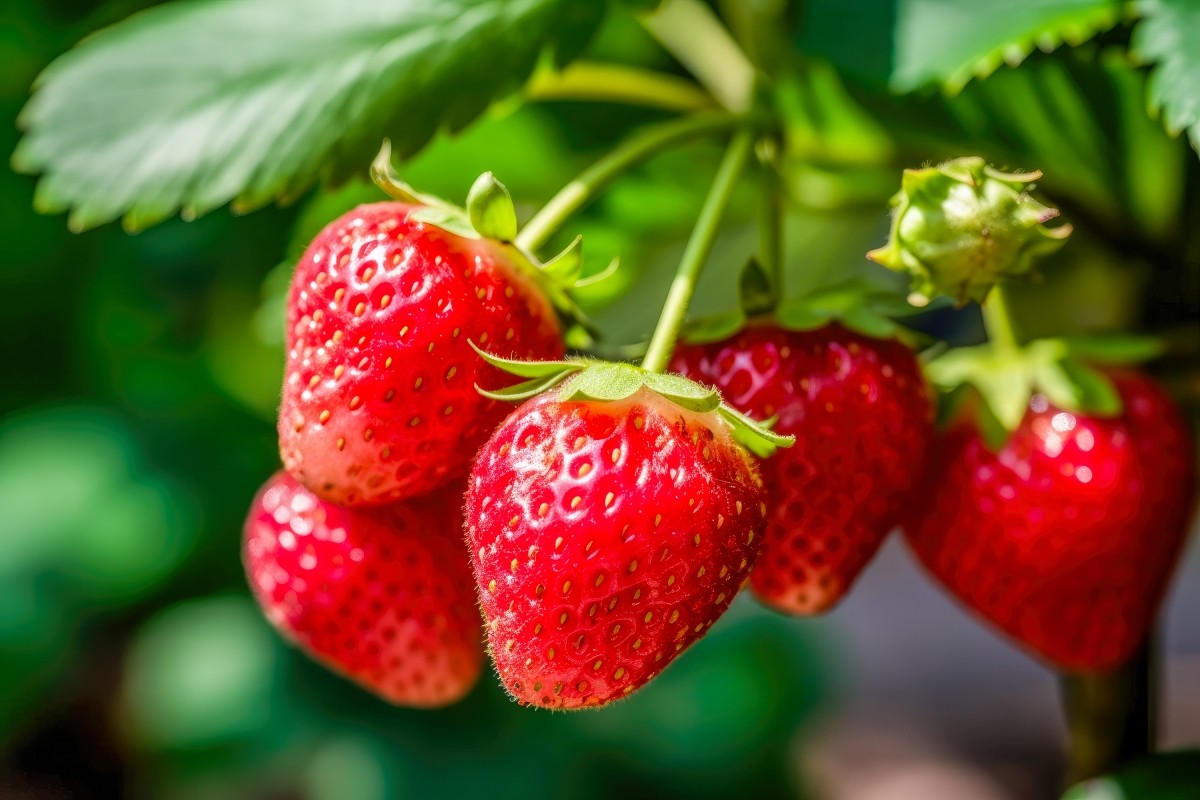
Strawberries are the quintessential fruit of March, known for their sweet, juicy taste. Japan offers a variety of strawberry breeds, each with distinct flavors. They are enjoyed fresh, as toppings for cakes and parfaits, or made into jams. Rich in vitamin C, they support healthy skin and have antioxidant properties. Indulging in strawberry desserts is a perfect way to savor the season.
🍓 Shop for Strawberries (Yahoo! Shopping)
[kkday]👉Strawberry Picking
Iyokan (Japanese Citrus Fruit)
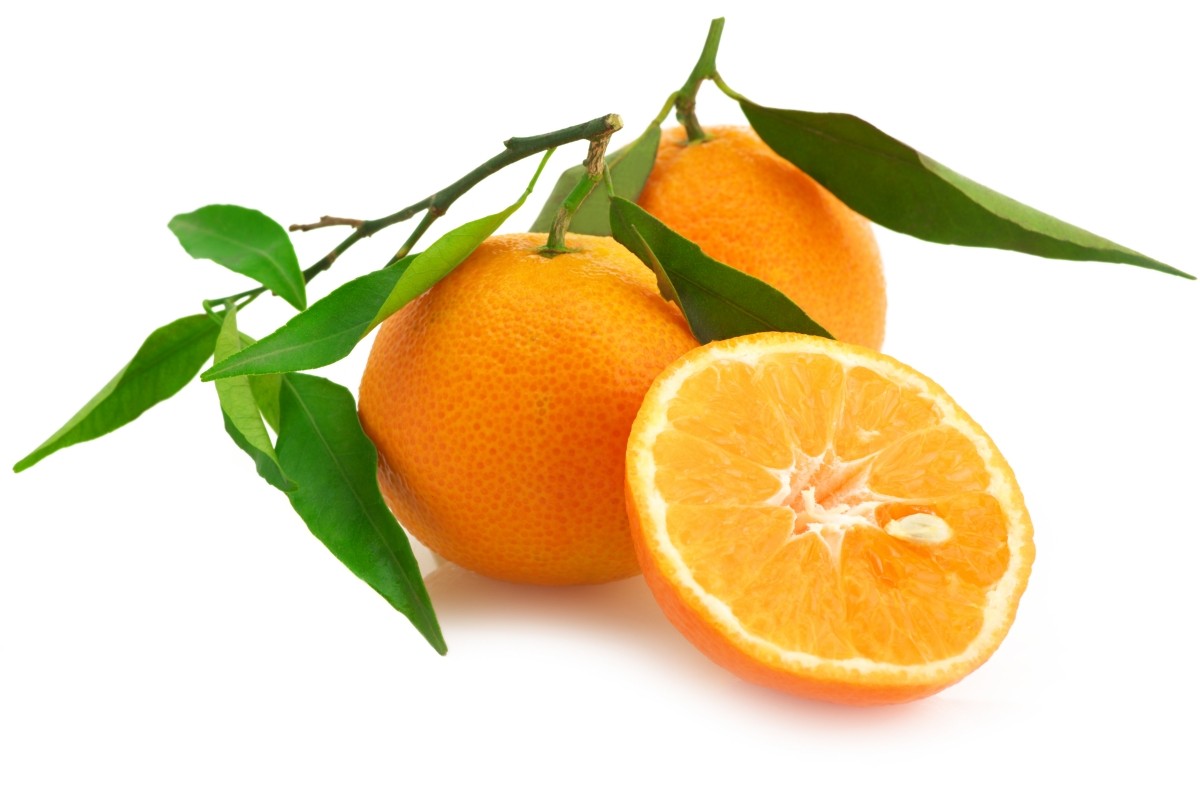
Iyokan, a citrus fruit at its peak in March, offers the perfect balance of sweetness and tartness. It is enjoyed fresh or as juice and jelly products. Packed with vitamin C and citric acid, it helps combat fatigue and boost immunity. Even its peel is useful—it can be dried and added to baths for a refreshing citrus aroma.
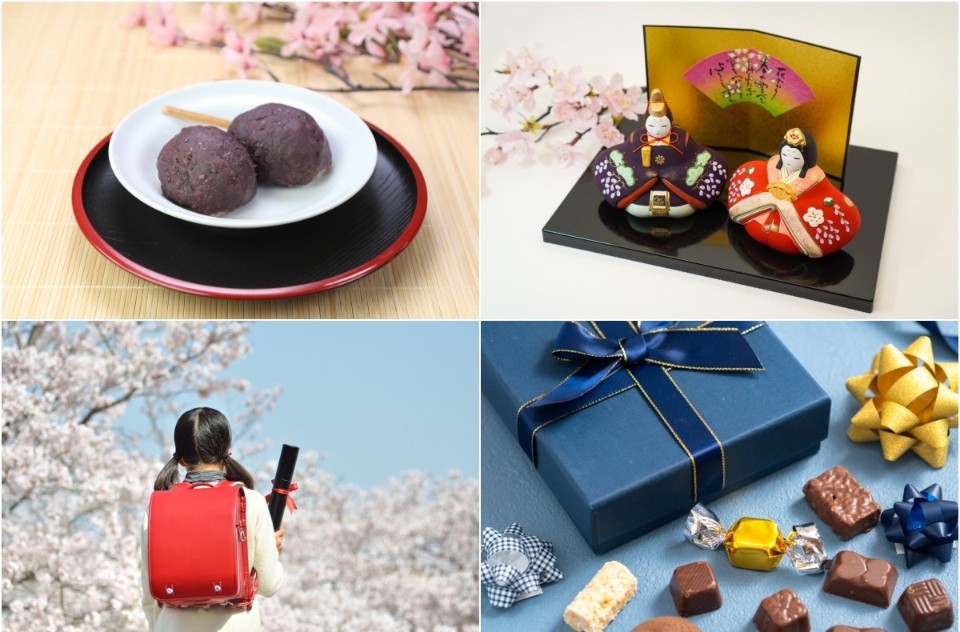
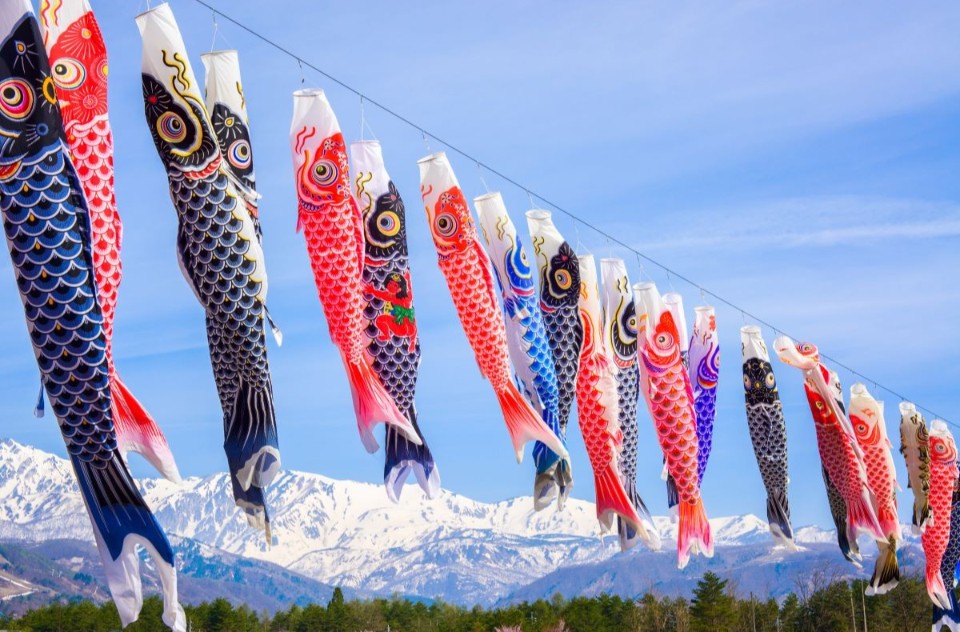

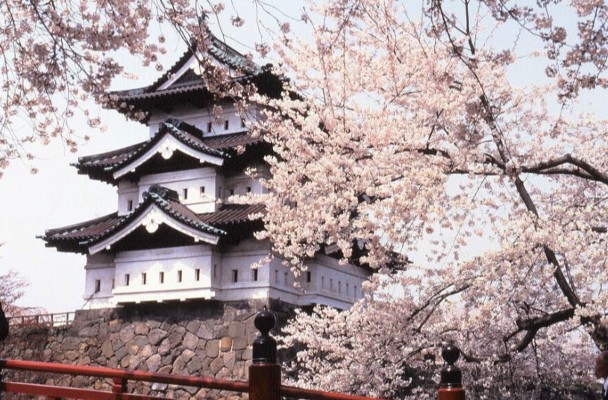
Comments